Wangda Showcases Won the museum display case project of Zhangye Museum.This museum is located in the Giant Buddha Temple, which is the largest architectural relic in Gansu Province, of the Western Xia (1038-1227) period. China’s largest reclining Buddha is well preserved in this temple. Marco Polo spent one year in the town of Zhangye.
Display Cases Installation in Chung Tai World Museum
Hereinafter are some photographs for our professional installation workers to fulfil the on-site installation work in Chung Tai World Mueum.Chung Tai World Museum is the largest professional buddhist museum in the world.Wangda Showcases supplied and installed high-end museum display cases for all the galleries in level 1 and 3.
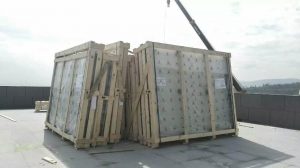
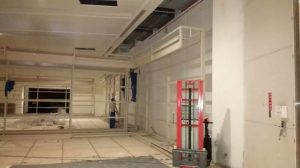
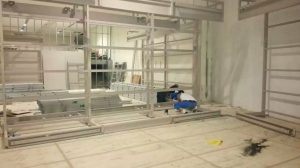
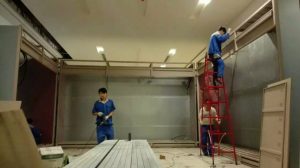
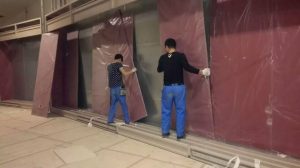
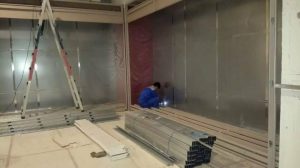
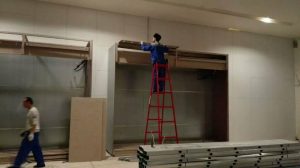
Wangda Showcases Won UK Hull Maritime Museum Display Cases Contract
WANGDA SHOWCASES CURRENTLY SIGNED THE OFFICIAL CONTRACT FOR SUPPLYING HIGH-STANDARD MUSEUM DISPLAY CASES FOR HULL MARITIME MUSEUM IN UNITED KINGDOM.
The Hull Maritime Museum is a museum in Kingston upon Hull, England, that explores the seafaring heritage of the city and its environs. The museum’s stated mission is “To preserve and make available the maritime history of Hull and east Yorkshire through artefacts and documents”.
The museum, originally known as the Museum of Fisheries and Shipping, opened in 1912 in Pickering Park.[2] It moved to its current location, the Dock Offices building, in 1974.[3] The Dock Offices building is so-named as it is the former headquarters of the Hull Dock Company, which operated all docks in Hull until 1893.[3] Built in 1872, it is a Grade II* listed building[4][5] and a striking example of Victorian architecture.[3] The building stands in Queen Victoria Square, opposite theQueen’s Gardens, in Hull’s city centre. Hull City Council currently operates and maintains the museum.
The period of time covered by the exhibits extends back to the Bronze Age and through the Middle Ages, but the museum primarily concerns itself with Hull’s maritime history from the 19th century onward.[2] The museum’s exhibits are arranged along the following primary themes:
Acceptance inspection for Guizhou Provincial Museum passed
The acceptance inspection for Guizhou Provincial Museum passed.Currently,the installation work for our key museum display cases project of the Guizhou Provincial Museum completed. By means of cutting-edge design, fine fabrication, world-class quality, reliable performance, the acceptance inspection by professional specialists team for all the finished museum display cases/showcases/display cabinets passed.
The Guizhou Provincial Museum which is located at Guiyang City,the capital of Guizhou Province in Southwest of China,is a provincial-level comprehensive museum.The Museum, covering a space of 19,300 square meters, was prepared in 1953 and opened to the public in 1958.The Museum collected over 70,000 artifacts.Among the unearthed articles are the fossils of front teeth and front molar of the Tongzi Ape-man, the lower jawbone and the thighbone of the Xingyi Man, the skull and the upper and lower jawbone of the Chuandong Man; the fossils of extinct mammals and various kinds of typical stone artifacts and bone objects; and the Ge (dagger-axe, an ancient weapon), an iron sword with bronze handle, bronze Fu (a kind of cauldron used in ancient China) and bronze ding (an ancient cooking vessel with two loop handles and three or four legs) left from the Warring States Period (475-221BC), which are generally regarded as typical artifacts of that period by the academic circles. Among the artifacts are also a lacquer cup with two loop handles, a lacquer plate with inscriptions, a bronze drum with patterns, a bronze basin in the shape of salamander’s body but bull’s head, the Chunyu (an ancient bronze musical instrument) with the pattern of tiger on its handle, and the large-sized bronze chariot and horses, all unearthed from the tombs of the Han Dynasty (206BC-220AD) in Guizhou
.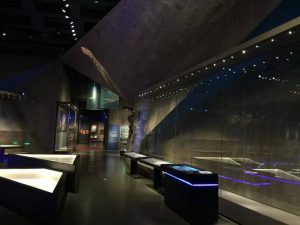
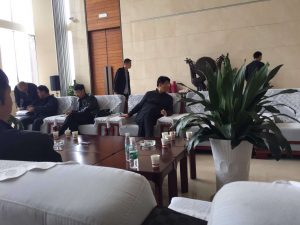
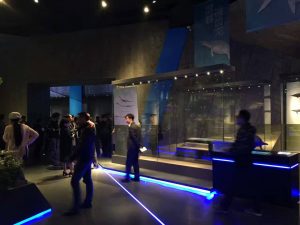
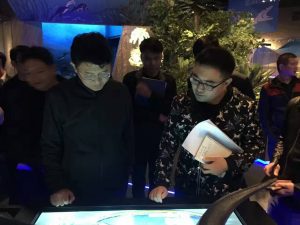
Wangda Showcases won the museum display cases tender for Gulin Museum
Wangda Showcases won the museum display cases tender for Gulin Museum which is situated in the West Mountain Park in Guilin City of Guangxi Zhuang Autonomous Region.The Guilin Museum was prepared in 1964 and opened to the public in 1986.
Boasting a collection of 21,500 cultural relics, the Museum is famed for its blue and white porcelains of the Ming and Qing dynasties (1368-1911) and its rich collection of cultural relics of the 11 ethnic minorities in the region. Among the collection, the most treasured are a blue and white porcelain vase decorated with patterns of pine, bamboo and plum of the Ming Dynasty (1368-1644), and the Sishen Mirror (Four Gods Mirror) of the Sui Dynasty (581-618).
The Museum features four exhibition halls: the Exhibition Hall of Guilin Historical Relics, the Exhibition Hall of Guangxi Minority Folklore, the Exhibition Hall of Presents from International Exchanges, and the Exhibition Hall of Porcelains of Ming and Qing Dynasties. Among them, the Exhibition Hall of Guangxi Minority Folklore exhibits the customs of the 11 local ethnic minorities, and the Exhibition Hall of Porcelains of Ming and Qing Dynasties exhibits more than 200 porcelains.
Wangda Showcases Won the museum display cases project of Linhai City Museum
Wangda Showcases Won the museum display cases project of Linhai City Museum
Linhai Museum is a synthetic local museum that stores the largest sum of relics in Taizhou. Independently organized in September 1980 with 9 conservators, it occupies 3,500 square meters in all. The construct acreage is 2,000 square meters, among which 1,250 square meters is for exhibition halls and 265 is for relics bursaries. At present, there are more than 20,000 pieces of relics in store.
All high-end museum display cases for Chung Tai World Museum were finished and delivered
Custom-built for Chung Tai World Museum,the fabrication work for all the high-end museum grade display cases which meet the most critical international criterias were completed punctually with no delay and demountably packaged and shipped out for sea shipment to the museum site.Our intallation workers will then arrive there for installation work on site.
WANGDA sponsors the first MISD forum
Hosted by the Illumination Association of China and the Museum Association of Beinjing,the first forum for Museum Illumination and Smart Design is held currently in Beijing.National Museum of China,other National-class museums,libraries,art galleries,archives and related suppliers and designers for museum illumination systems,exhibition designers,museum planning institutes and organizations are present.Wangda is invited to be the sole showcases supplier and the particular guest to attend this forum,and supplies all the fine-worked museum display cases to serve the related activities in the forum.
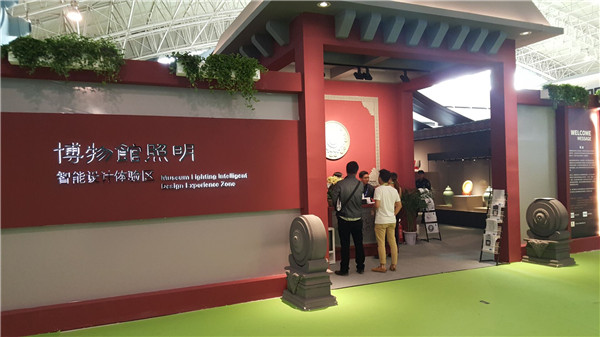

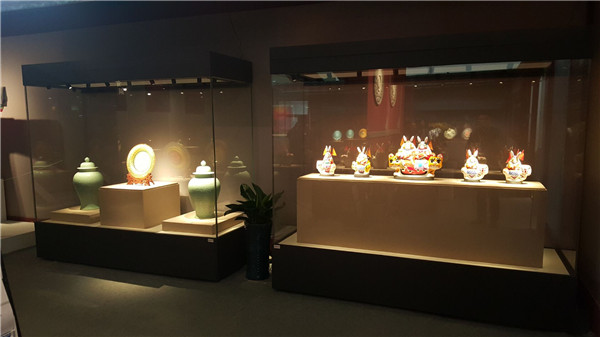
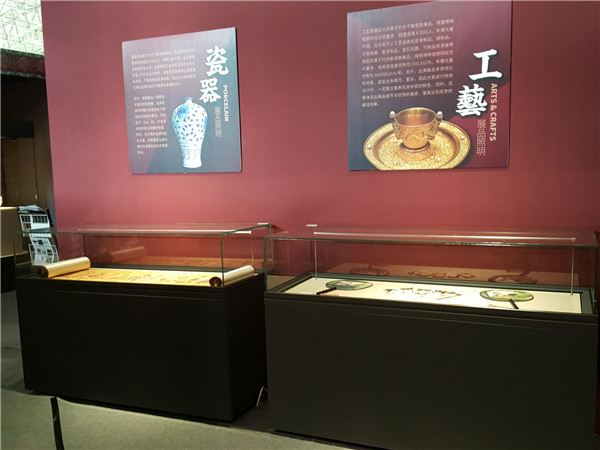
National Ceramics Museum of China Opens on Oct.18,2015
China National Ceramics Museum,a world-class special museum for ceramics opens on Oct.18,2015.Located at Jingdezhen City which is well known as the “Porcelain Capital” because it has been producing pottery for over 1,700 years.
WANGDA undertakes design,manufacturing and installation for all the high-end museum display cases for all the gallerires for China Ceramics Museum.
The renovated China Ceramics Museum now covers an area of 830,000 square meters.Inside the museum are a compound of ancient kiln buildings and a compound of dwelling houses of the Qing Dynasty (1644-1911). In the ancient kiln workshop, workers can be seen giving technical performances of making ceramics manually to make copies of ancient porcelain. In the dwelling houses of the Qing Dynasty there is an exhibition of the ceramic development history of Jingdezhen and an exhibition of calligraphies and paintings. In the building of folk customs,there is a folk custom exhibition showing the Jingdezhen porcelain industry. The museum has collected over 5,000 items of historical relics.Around 100 items are Class One relics,most of which are products of government porcelain kilns, the porcelains left from the Yuan Dynasty (1271-1368) and the samples showing the processing technique of the celadon of the Yuan Dynasty. The celadon pillow with the pattern of dragon and tiger left from the Song Dynasty (960-1279) combines the technique of piercing and picking-up; the celadon vase with the pattern of plums left from the Yuan Dynasty is one of the best among the celadon products left from the Yuan Dynasty; and the celadon big plate, 72 cm in diameter, with the pattern of a sea animal, is a special product produced from the imperial porcelain kiln at that time. The museum also has an exhibition hall of the former kiln site at Hutian, which is affiliated to Pintaozhai (a room for evaluating ceramics), specializing in the study of ancient porcelains. The museum runs a periodical entitled Ancient Porcelain jointly with the Museum of Jiangxi Province.
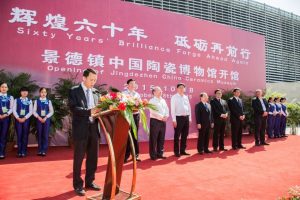

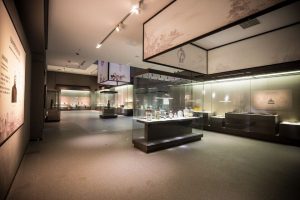
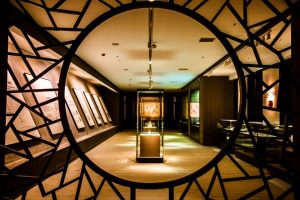
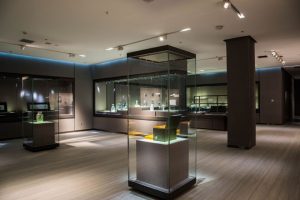
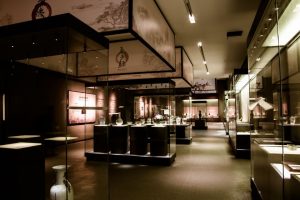
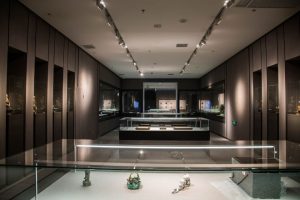
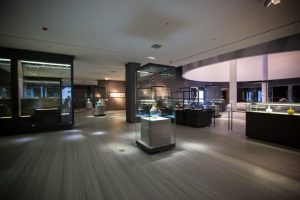
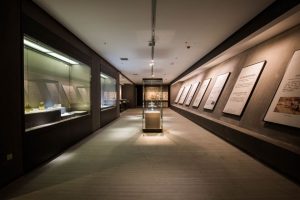
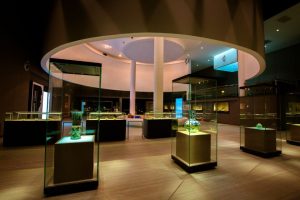
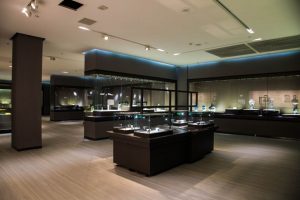
WANGDA won the museum showcases project of Council Museum of Vietnam
WANGDA successfully won the museum showcases project of the People’s Council Museum of Vietnam,and will design,manufacture and install all the high-end museum display cases for such an important National-Class museum in Vietnam.
